|
|
|
I love this quote. It reminds me that actions lead to habits, and that I can control what habits I develop by making mindful decisions about how to act and spend my time day in and day out. In many ways, organization and clutter are habits. Dozens of small decisions throughout the day have a big cumulative impact on the amount of clutter that surrounds us. In the Western world, everyone deals with clutter all the time. Even for the organized and tidy, the threat of impending clutter is ever present. It's a sort of by-product of our lifestyle and culture. The good news is, we can choose whether to fight off the threat or succumb to it. In other words, our actions can either add to or limit the amount of clutter in our lives. So the question each of us must ask ourself is "Am I a clutter creator, or a clutter reducer?" People who live relatively clutter-free lives are able to do so because they have developed habits that prevent things from piling up unnecessarily. Consequently, they practice reducing their clutter on a nearly continual basis. Let's examine the differences in every day behaviors of clutter creators versus clutter reducers. Where Does It Go?Clutter Reducers It will come as no surprise that clutter reducers follow the famous advice of Benjamin Franklin, "A place for everything, and everything in its place." Clutter Creators A major contributor to the creation of clutter is the lack of an assigned space for things. When it is unclear where a thing belongs, that thing typically gets left lying around. Therefore, if you're serious about reducing clutter, you must determine a location for everything in your home. This may require some serious consideration up front, but it pays long term dividends towards living a clutter-reduced lifestyle. If you don't know where a thing belongs, ask yourself why. Is it because there isn't room for the item in the place where you think it should belong? Or is it because the thing has no real meaning or value to you? Or is it something else? The answer to this question is the first step in resolving the overall issue. Incoming ClutterClutter Reducers Clutter reducers don't just manage the clutter in their homes; they also tend to make mindful decisions about what gets through the door. Instead of bringing home fliers and other bits of paper they take photos with their phones, thus allowing them to have the information without the clutter. They avoid free samples, SWAG, and other "free" gifts they know they won't use. They think before they buy and ask themselves questions like "Where will I put this if I bring it home with me?" Clutter Creators Clutter creators like stuff. It gives them a little thrill to get something "free", even if they don't actually want or need the item. They operate under the false assumption that you can't organize information that isn't printed out on a piece of paper. They accept every scrap of paper with potentially useful information on it to serve as a visual, physical reminder of something they want to do or to research or to purchase. They are much less likely to consider whether they have the space for an item before they make a purchase, only whether or not they like or want the item in question. Tidy HabitsClutter Reducers Clutter reducers are in the habit of putting things away. When they walk in the door, they hang up their coat, they tuck their shoes neatly away where they belong, they hang up their bag or place it in its permanent home. If they have made purchases, they put them away - right away. If they are carrying the mail with them, they sort through it and put it in its proper place (trash, recycling, action pile, etc.). When they are finished using a thing, they put the item where it belongs. When they are done eating, they clean up after themselves. Clutter Creators Clutter creators tend to function under the false assumption that things take longer to complete than is actually true. Hanging up their coat seems like more effort than tossing it over the nearest piece of furniture. Kicking their shoes aside haphazardly seems quicker than neatly setting them on a shoe rack. Taking the time to rinse and load a small handful of dishes into the dishwasher isn't worth the effort when there are just going to be more dishes later. When they are tired at the end of the day, it seems more prudent to pile packages, bags, and mail on the nearest surface than to "deal with" everything. In reality, most of these tasks take mere seconds to complete, and all of them can be accomplished within a few minutes at most. What clutter creators don't realize is that taking those few seconds or minutes will actually leave them feeling better about their space, better about themselves, and better about life in general, thus making it easier to relax and unwind. Ease of UseClutter Reducers Clutter reducers naturally understand and practice the concept of 'ease of use' and organize their homes accordingly. Simply stated, it's the practice of making the things you use easy to access (and easy to put away). It's a way of setting yourself up for success when it comes to maintaining clutter. It is not hard to implement ease of use strategies in your home; it just takes a little forethought and preparation to set things in motion. Examples of ease of use practices include:
Clutter Creators Clutter creators sometimes make things harder than they need to be. They place things in illogical locations where they are difficult to access or even find. They buy elaborate storage systems that look nice but function poorly. In short, they have not learned how to create storage that is easy to use. The good news is, this is a skill, and it can be learned! To start with, read about basic concepts of decluttering here. Systems for SuccessClutter Reducers One of the ways that clutter reducers set themselves and their families up for success in the battle against clutter is by creating systems. They may not even realize that this is what they are doing, but these systems are an integral part of their personal clutter control strategy. A system is simply a way of doing things. Clutter control systems are specific methods designed to solve potential clutter issues. An example is the entry way. These often passed through and typically small spaces are at the front line in the battle against clutter. Those who have systems in place for storing incoming and outgoing gear, are much less likely to have a cluttered entry, and much more likely to have what they need when they walk out the door each day. Clutter Creators Clutter creators usually recognize problem areas, but they don't know how to deal with them. They wonder why the entry is always a mess, but they fail to create a system for avoiding this situation. They puzzle over the lack of space on their kitchen counters but continue to use them as a dumping ground for all sorts of non-kitchen items. If you're struggling to resolve specific clutter issues in your home, read about developing systems for decluttering here. A Declutter MindsetClutter Reducers Decluttering is part of the clutter reducers mindset. They regularly evaluate the condition of their space and the value of the items that occupy it. They keep a box or bin in the garage (or other convenient but out-of-the-way location) where they place items they intend to donate, and when it's full, they take it to the thrift store. Clutter reducers have learned that it is more comfortable and enjoyable not to live with things they no longer want, need, or use. Perhaps most important, they have learned to let go of guilt and fear - the two big factors that prevent people from getting rid of items that no longer serve a purpose or add value to their lives. Clutter Creators On the other hand, clutter creators are often driven by guilt or fear to hold onto things they really don't want or need. They worry that they might need an item at some future point or that someone will be offended if they give something away. It's also true that some clutter creators don't really think at all when it comes to stuff. They make no evaluation whatsoever, content (or not) to live with the growing collection of stuff that surrounds them, never giving thought to whether or not individual items have merit and meaning. Which One Are You?As you can see, there are clear distinctions in the way that clutter reducers and clutter creators think and act. If you are a clutter creator at heart, and you'd rather be a clutter reducer, simply begin now to implement some of the practices and thought patterns that help clutter reducers manage and contain the potential clutter in their lives. You can do as Aristotle indicated and make excellence (via organization) a habit.
8 Comments
My husband and I have recently undergone a major decluttering effort. We have thrown out, given away, or sold a ton of stuff, and it has been amazingly satisfying. As an organizer, I am well-versed in the typical benefits of decluttering such as increased space and decreased stress, but on a personal level, decluttering has blessed my life in a number of unanticipated ways. These unexpected benefits of decluttering have been my favorite part of the process. If decluttering is on your to do list, and you're looking for a little extra motivation to get the ball rolling, consider these added perks that come from decluttering. NOTE: Our decluttering was associated with a move, but you don't have to be moving to enjoy the benefits identified here that can result from a concerted decluttering effort. Open Up New Possibilities for Your SpaceBy freeing up space within your home, you open up new opportunities for utilizing your space. Have you always wanted a craft room? Getting rid of unnecessary clutter could free up the space you need to make your dream a reality. Do you need a home office or a space for your kids to do Zoom schooling? Downsizing items that no longer fit your lifestyle and interests can free up the space you need to realize your current needs. These are biggish examples here, but new possibilities for your space can be realized on a smaller scale as well. For instance, by downsizing books we opened up space on our bookshelves for our scrapbooks. We have lovely scrapbooks that have been sitting on the top shelf of a closet for more than a decade neglected and unappreciated. I'm excited to have them readily available to flip through and share. Become Reacquainted with Your StuffSomething I didn't anticipate when I started decluttering was the increased access it would give me to things I either forgot I had or never used because they were shoved so far back in the cupboard it was difficult to get to them. This was especially true in the kitchen. Since getting rid of unused, unneeded items, I have lots more room in my cupboards, and I have enjoyed rediscovering some of my old favorite things. Discover New Ways to Reuse Old ItemsSometimes you have things you really love, but they no longer work in the way you originally intended. If you really love an item, think about ways to repurpose it - I'm not talking about turning old colanders into planters (although that sort of thing can be fun as well). I'm talking more about finding a new home or a new purpose for an existing item. I've had a blast finding new uses for furniture items, baskets and bins, and even knickknacks. I'll share an example. Many years ago we had a custom china cabinet built to house our collection of Palestinian pottery and dishware (along with a lot of other stuff). It is massive and very 1990's in it's design. I loved it when it was new and for many years after, but it no longer coordinates with any of our furniture and we have fallen out of love with it., so we decided to sell it. Selling the china cabinet was a no-brainer, but it left us with a problem - what to do with our beloved collection of pottery and dishware. At first we thought we would buy a replacement piece, but we couldn't find one we liked. Then we discovered that our new bigger bedroom closet allowed us to downsize by one dresser. The dresser we opted not to use in our bedroom is a beautiful piece of furniture that I absolutely love. No way did I want to get rid of it, but it seemed as though it no longer served a purpose - until I decided to use it as a replacement for the china cabinet. It's both unique and functional. It blends well in the space (despite the fact that it's a dresser) and my china, table lines, and other odds and ends fit inside it beautifully. Rethink Your Priorities, Interests, and GoalsDownsizing affords you the opportunity to reassess what matters to you here and now and let go of things that no longer have value in your life. For example... As we were leaving the old house, I packed up all my craft supplies. As I was unpacking at the new house, I quickly realized that I was not going to have space for everything without purchasing some furniture pieces and storage solutions to contain it all. After a little thought, I decided that I wasn't willing to pay the price in money or space to store stuff I hadn't used in years. Instead, I opted to think through what I would actually use and get rid of the rest. I ended up getting rid of several boxes of things I had either bought and never used (and couldn't recall my original intent for them) or that were left over from long completed projects. What remains are items that appeal to my current interests and goals. Develop a Healthier Relationship with StuffI'm always telling people that decluttering is liberating and rejuvenating, and I have been reminded on a personal level recently just how much truth there is in that claim. It's exhilarating and satisfying and uplifting to walk into a clutter free space knowing that you are surrounded only by things that have meaning and value in your life today. Some of those things may be mementos, others may be tools, and still others will be toys (or things that entertain you). Whatever their purpose in your life, the joy comes in the fact that they serve a meaningful purpose - even the boring but highly practical items. Things take up space not only in the physical world, but also in our minds. Unwanted, unnecessary, and unused items weigh us down by taking up space in our homes and weighing on our consciences. Letting go of such things, allows you to enjoy your possessions rather than be burdened by them. Give It a Try!Decluttering is worth the effort. The benefits are legion. In addition to the unexpected benefits identified here, decluttering saves you time, money, and space. It reduces stress, increases productivity, improves peace of mind and nurtures a sense of empowerment. I encourage you to give it a try. Then please share how this process has blessed your life. I'm always looking to expand my list of the benefits of decluttering!
I consider myself a purger. As an organizer, it's in my blood. Every couple of months I make a run to the thrift store to drop off donations. As such, I did not expect to have much to do in the way of downsizing when we decided to move homes recently. To my surprise, the opposite has been true. To my delight, I have greatly enjoyed the process. I know that for some people (indeed many people) downsizing is intimidating and even painful, but I want you to know that is doesn't have to be. Sure, it takes effort, but it's an effort that pays dividends in emotional and psychological benefits. Why Downsizing Can and Should Be a DelightI have found that every item that passes through my door bound for some location other than my new home leaves me feeling a little lighter. Not only is it one less thing I have to move (and at this point in the process that prospect has real value to me), it's something I no longer have responsibility for. Have you thought about your stuff in those terms before? Every item we own is an item we are responsible for. It's an item we have to clean and maintain and house. It's also an item we are one day going to leave to others to deal with. Knowing that I have fewer things for which I am accountable leaves me with a sense of relief. Another thing I love about downsizing is the opportunities it opens up for creating the home I want. The less junk I have, the more space there is for the things I truly love and value. The easier it is to find things. The confining, crowding effects of clutter are replaced with a sense of tranquility and calm. Does It BelongMoving provides an ideal opportunity to downsize. One way or another, whether you're moving yourself or paying someone to do it for you, there will come a point in the process where you will handle every item you own. It could be going into a box or onto a truck, or it might be coming out of the box or off of the truck. If you're doing it all yourself, then you get the bonus of two opportunities to consider each item's fate. Such is the case with our move. I highly recommend mindful packing/unpacking. Before putting forth the effort to pack an item and transport it to a new location, ask yourself where it fits in your new home and the lifestyle you hope to enjoy there. If an item passes this test only to cause you stress on the other end as to where it belongs, ask yourself if it does belong. Too often we get caught up in the value of an item, either emotionally, financially, or practically. Instead, try thinking about how an item fits into your space and your lifestyle. Things can have intrinsic value without having value to you personally. It's okay to let go of such things. In fact, it's advisable. The Downsizing ProcessOur downsizing process has been multifaceted. When I first started setting things aside to get rid of, I pictured myself having a sale. The time of year and the effort involved (not to mention the time) have caused me to rethink that plan. With one exception, we have given away (or thrown away) every item we have parted with. Here's how the process has unfolded:
Downsizing Is For EveryoneYou don't have to be moving to enjoy the benefits of downsizing. You just need a little motivation, a little energy, and a little time. If you've been meaning to downsize, let this be the impetus to get you moving in that direction. I promise you'll be glad you made the effort. Letting go feels good! It's liberating to release things that no longer serve a purpose in your life, and it's rewarding to find them a good home.
One of the things that has surprised me the most about this process is how many items we have held onto that were in some way damaged or unserviceable. Such things are easy to get rid of and are rarely, if ever, missed. Try starting with these items to build your motivation and go from there. You can do it! We're moving, or at least we think we are. We are certainly considering it seriously. At any rate, we're in a moving mindset. A couple of weeks ago, my husband said to me, "When we move, we're not taking that with us." It happened to be a piece of furniture, and I happened to agree whole-heartedly with him. In fact, my response was, "I was thinking the same thing." And I was. In fact, I have been thinking that about a lot of things, and this has got me pondering: If I wouldn't take it with me when I move, why am I holding onto it? Sometimes the answer to this question is a perfectly reasonable one. Perhaps the item is useful in the current location, but it won't be needed in the new one. Such would be the case if, for instance, you lived in an area where is snows regularly and you were moving to a southern state. You might opt not to bring the snow blower to your new location. Often, however, our reasons for holding onto things we wouldn't take with us if we were moving are not so easy to define and may require a little soul searching. I have decided to begin a pre-move purge. Even if we decide not to move, I know I will be glad that I embarked on this endeavor. No matter what one's current life circumstance, a little purging is always good for the soul, not to mention one's space. Below is my ever-growing list of items I will not be taking with me if and when I move. I've got specific examples, but I've decided to generalize in order to provide information that will be more widely applicable.
STUFF WE'VE OUTGROWN: Clothing is, of course, the first thing that comes to mind, but it is by no means the only category of items that fit this criteria. It is possible to outgrow items not only physically, but also intellectually, emotionally, or simply in terms of preference. As an example, a client of mine recently told me that the music in her CD collection "no longer falls on my ears like it used to." In other words, her tastes have changed. She has outgrown her old music. What have you outgrown? You don't have to wait for a move to get rid of things you no longer love. PILLOWS: The National Sleep Foundation recommends replacing pillows every one to two years. This is because pillows absorb dust, dead skin cells, body oils, and other icky stuff that attracts dust mites and other microorganisms. While it is possible to extend the life of some pillows by washing them every three to six months, they will not last indefinitely. The following are indications that your pillow needs replacing:
MATTRESSES: Like pillows, mattresses serve as collection sites for all sorts of yucky stuff. There are some things you can do to care for your mattress and extend it's life, but generally speaking mattresses should be replaced every eight to ten years. Moving is a great time to assess the condition of the mattresses in your home and leave behind those that have lived a full life. DAMAGED STUFF: I have a tendency to use things until they are unusable. My cell phone is a great example. My children regularly chide me about the fact that it is so outdated (I still have an iPhone 7 and my iPad is 8 years old). But it still works, albeit not as well as I would like. Another example is my blender. The lid to the pitcher does not seat properly unless you physically hold it down. It makes using the blender a bit frustrating. To replace the pitcher and lid costs almost as much as a new blender, so I am not taking the old one with me when I move. It isn't worth salvaging. Most of us have stuff that is broken, stained, frayed, threadbare, or otherwise damaged. We hold onto such things because we once loved them, and we would like for them to be whole again or because we do not want to spend the money to replace them. Whatever our reasoning, holding onto such items only adds clutter to our lives. OUTDATED ELECTRONICS: We have a bin in our attic full of old electrical chargers and cords. I cannot identify the purpose of 99% of these accessories. I strongly suspect that the vast majority of these cables and cords do not work with any device currently residing in my home. We've lived here for seven years and never needed them, so they will not be coming with us when we move. Do you have any outdated electronics in your home? My page Where to Donate or Recycle Electronics offers a variety of resources for disposing of electronics safely and responsibly. UNUSED APPLIANCES: I knew it was time to get rid of the quesadilla maker when I went to make quesadillas and intentionally opted to use another method for preparing them. The same was true for my fondue pot. Unused appliances take up a lot of space, so parting with them is a great way to clear the clutter from your kitchen. UNUSED SURPLUS: I'm a firm believer in being prepared and keeping things on hand that you use regularly. It's wonderful to be able to pull a staple item off the shelf when you run low rather than having to run to the store. That said, most of us hold onto an excess of things we don't use or only use periodically. In the case of food items, this can be doubly wasteful. The space needed to store the items is wasted, and often the items themselves go to waste because they expire and have to be discarded. I happen to have a weakness for school supplies. Despite the fact that I have resisted the urge to 'stock up' on such items during the late summer sales for the past two years since my youngest child graduated high school, I still have drawers and bins teaming with empty notebooks, unopened bags of pens, and other school essentials. It's time to make a realistic assessment of what we will actually use in a timely manner and edit my cache. DUPLICATES: We recently bought a brand new squeegee to push the rain off our deck. A few weeks later we discovered that we already owned a squeegee - the exact same squeegee, in fact. One of them is going to find a new home before we move. A couple of years ago, we received a waffle iron as a gift. We already had a waffle iron. Since getting the new one, I have not used the old one. I'm keeping the new one and bidding the old one farewell. As the wife of an army officer, I also have an impressive collection of serving trays which have seen a lot of use over the years. In addition to my own collection, I inherited several from my step mom. These days they don't get nearly as much use as they once did. Time to pare down the collection and pass some on to another user. Chances are you can think of similar examples among your possessions. If you have two, and one will do, I encourage you to choose your favorite and give the extra one away. STUFF THAT"S MOSTLY USED: The list of examples that fit into this category is potentially unending. I'll just give you a few to get your mind going: lipstick and other cosmetics, nail polish, partially burned candles, gift wrap scraps, craft supplies, medicines you no longer take, paint or glue that's drying up, lotions and other toiletries you tried but didn't love. You get the idea. Look for stuff that's been opened and partially used that's been sitting around for some time. Ask yourself if you're ever going to use it and get rid of it if the answer is no. STUFF I"VE BEEN KEEPING FOR THE WRONG REASON: As an organizer I am not completely immune to the subtle, yet alluring, array of excuses that cause us to keep things we don't want or need. My moving game plan is thus: make an honest assessment as to why I am keeping things and part with those things that have been burdening me in one way or another. Examples include things I've kept out of guilt, things I've kept out of laziness, things I've kept out of a sense of sentimentality, and things I've kept just in case. Whether you are moving or not, it is always freeing to let go of things that have been burdening you, so I'm looking forward to this part of the purging process in particular. Be Motivated By Moving |
Get Help | |
If you are suffering from clutter blindness, you need help. You need someone who can see clearly what you are unable to see. You need someone who will offer support, encouragement, and accountability. You can turn to a family member or friend for assistance, but I strongly recommend seeking the services of a professional organizer in this case. Here's why:
- Depending on personality and the nature of your relationship, a friend or family member is likely to take on one of two roles; they will either act as an enabler or a bully. There are a number of reasons why this is true; suffice it to say that neither approach is conducive to your immediate or long term success.
- Working with a close friend or relative on a project that is so personal in nature can sometimes cause a rift in the relationship.
- A professional can help you identify the underlying causes of your clutter problem. This understanding will be vital in helping you fix the problem and avoid a relapse.
- Organization professionals do more than just declutter and/or organize; a professional will offer working solutions, teach basic principles of organization, and help you develop viable systems designed specifically to meet your individual needs.
- A professional offers an unbiased, objective perspective, full of patience and free of judgment.
- A good professional organizer will be your cheerleader, counselor, teacher, coach, mentor, and partner throughout the process.
|
|
Finding an Organizer |
|
If you live in the greater Kansas City area (Kansas or Missouri), contact me. I would love to help you! If you live elsewhere in the United States, you can start by doing a simple internet search, but I recommend going through the National Association of Productivity & Organizing Professionals (NAPO). To be featured on their site, professionals have to become certified, so you know they meet a certain standard and have a guaranteed degree of knowledge and experience. This is not true for sites like Home Advisor, Find My Organizer, and others. Just click on the Find a Pro tab to obtain a list of organizers near you.
Another great resource for locating professionals is The Institute for Challenging Disorganization.
Another great resource for locating professionals is The Institute for Challenging Disorganization.
Get Serious | |
It's one thing to recognize you have a problem. It's even better to acknowledge that you need help, but until you are mentally committed to making changes in your home and your habits, you are wasting your time. That may sound a bit harsh, but it's true. Real, lasting success is dependent upon unwavering, lasting commitment. Overcoming clutter blindness isn't something you can wish away or fix with minimal effort. The effort involved here is akin to losing a significant amount of weight or getting in shape for a significant athletic competition. The half-hearted approach will not succeed.
If you are truly committed, there are a few things you can do to ensure your success.
MAKE A PLAN: They say that a goal is just a wish unless you write it down. I would add that a goal cannot become a reality without a plan. The goal is what you ultimately hope to achieve. The plan is your path to get there.
Your plan should include the process you intend to implement. Consider the following:
UNDERSTAND THE PROCESS: Almost everyone recognizes a need to get organized, but most people don't really understand what that entails. Organization is a process. It starts with a vision for the space, whether it's a desk drawer, a closet, a room, or an entire home. To have success you must first define success. Otherwise, how will you know when you have achieved it?
The next step in the process is to dismantle. In the case of an entire house, this means working in small sections. If you are clutter blind, it will most likely mean tackling one pile or clearing one surface at a time. As you break down the stacks of stuff, you should be focused on decluttering and downsizing. Identify the things you no longer need and set them aside for disposal. The things you intend to keep will then be sorted and organized. The final step is to maintain your newly organized space. This will require the development of systems or habits that will help you keep things functioning smoothly and prevent the accumulation of clutter. This is a lot to remember, so here are some resources to help you wrap your head around the process.
If you are truly committed, there are a few things you can do to ensure your success.
MAKE A PLAN: They say that a goal is just a wish unless you write it down. I would add that a goal cannot become a reality without a plan. The goal is what you ultimately hope to achieve. The plan is your path to get there.
Your plan should include the process you intend to implement. Consider the following:
- Who will be your support person? If you're hiring a professional, how will you determine the best fit?
- Where will you focus your efforts first? Will you work from room to room or focus on categories such as books, clothing, tools, etc.?
- When will you dedicate time to decluttering? You will need to establish a routine and stick to it.
- What will you do with items you intend to get rid of?
- What is your timeline for completion? It's important to set some sort of time constraint. This will help you avoid procrastination and stay focused.
- Who will you be accountable to? If you're working with a professional, accountability is built into the relationship. If not, you need to find a trusted person who is willing to take on this role. He or she does not need to be involved in the decluttering process. This person's role is simply to check on your progress regularly and to help you keep your commitments to yourself with regard to progress.
UNDERSTAND THE PROCESS: Almost everyone recognizes a need to get organized, but most people don't really understand what that entails. Organization is a process. It starts with a vision for the space, whether it's a desk drawer, a closet, a room, or an entire home. To have success you must first define success. Otherwise, how will you know when you have achieved it?
The next step in the process is to dismantle. In the case of an entire house, this means working in small sections. If you are clutter blind, it will most likely mean tackling one pile or clearing one surface at a time. As you break down the stacks of stuff, you should be focused on decluttering and downsizing. Identify the things you no longer need and set them aside for disposal. The things you intend to keep will then be sorted and organized. The final step is to maintain your newly organized space. This will require the development of systems or habits that will help you keep things functioning smoothly and prevent the accumulation of clutter. This is a lot to remember, so here are some resources to help you wrap your head around the process.
Start Small | |
This quote from the Chinese philosopher Confucius is applicable when it comes to overcoming clutter blindness.
When dealing with clutter people often feel overwhelmed and don't know where to start. The truth is, it doesn't matter where you start, only that you do. Pick a pile and go to work. When you finish with the first pile, move onto another, and just keep moving forward. Don't berate yourself if your pace is slow. Just keep plugging along. So long as you're progressing, you're succeeding.
See Things Through | |
Decluttering can be physically, mentally, and emotionally draining. It's tempting to cut corners or to set things aside to be dealt with at some future date. Resist the temptation. If you need to take a break and come back to something, that's great, but come back to it. Pick up where you left off after each session and don't abandon a particular aspect of the project until it's complete.
Set Up Systems | |
A system is just a method of doing things. When it comes to staying organized, it's useful to design systems that help you to maintain an organized space. I've outlined a simple procedure for designing systems. I call it the Three P's. You can read more about it here.
Label, label, label | |
Labels are a great way to maintain organization once it's been established. Labels make it clear to everyone what goes where. They make it easy to find what you're looking for and easy to put things away. They also serve as a reminder that stuff has a designated space which can be important if you're used to piling things up instead of putting them away.
Practice "Resetting the Room" | |
The concept of "resetting the room" comes from an IT developer named Oswald Nuckols, but I learned about it in James Clear's book Atomic Habits (affiliate link). It's something I've always done, but I had never put a name to it. The basic notion is to place things back where they belong before leaving a room so that when you return it's ready to be used for its intended purpose. One example provided by Mr. Nuckols is putting away the television remote, rearranging the sofa pillows, and folding the blanket after watching TV. These simple actions take seconds, but they make a big difference.
The condition in which you leave a room impacts your mindset whether you realize it or not. For instance, some people will argue that it makes no sense to make the bed if you are just going to get back in it at the end of the day. What they don't recognize is that an unmade bed sends a visual signal that communicates a powerful message: it's OK to be messy. Whereas, a made bed makes you feel accomplished the moment your day has begun and conveys a sense of responsibility for and control over your space that extends beyond the bed to the room and even the entire house.
If you can develop the habit of resetting the room after each use, maintaining order will become natural and habitual.
The condition in which you leave a room impacts your mindset whether you realize it or not. For instance, some people will argue that it makes no sense to make the bed if you are just going to get back in it at the end of the day. What they don't recognize is that an unmade bed sends a visual signal that communicates a powerful message: it's OK to be messy. Whereas, a made bed makes you feel accomplished the moment your day has begun and conveys a sense of responsibility for and control over your space that extends beyond the bed to the room and even the entire house.
If you can develop the habit of resetting the room after each use, maintaining order will become natural and habitual.
Final Thoughts
You won't find clutter blindness listed in The Diagnostic and Statistical Manual of Mental Disorders (DSM), but that does not make it less real. As an organizer I have encountered it on many occasions. It's something to take seriously. If you have any or all of the symptoms I've identified here, please know that there is a solution (or cure). You do not have to be a slave of your stuff. You can gain the upper hand and feel comfortable and at peace in your space.
I hope you've found this information useful. If you know someone else who might benefit from the ideas expressed here, please share this post with them. I hope you will also feel comfortable sharing your thoughts on this rather personal and sometimes painful situation with me and my readers. I invite you to do so in the comments section below.
I hope you've found this information useful. If you know someone else who might benefit from the ideas expressed here, please share this post with them. I hope you will also feel comfortable sharing your thoughts on this rather personal and sometimes painful situation with me and my readers. I invite you to do so in the comments section below.
I absolutely love this quote (shown above) by Thomas Jefferson. For me it is a foundational axiom of household organization. If applied mindfully and intentionally, a person can use this maxim to create the kind of space that speaks to the soul, a space where one can not only feel at home, but also at peace.
The problem is, most of us do not approach the establishment, organization, and maintenance of our homes with this adage in mind. Instead of carefully curating a space that represents who we are and what matters most to us, we let the uninspiring, trivial, and outdated inundate our space and overshadow the things that truly bring us joy. I know I have been guilty of this at times. Chances are, you have been as well.
If your home, or portions thereof, have succumbed to the subtle, yet assertive influence of clutter, it may be sending a subliminal message, both to you and to others who enter, that is inconsistent with who you are or who you are striving to become.
To begin with, let's talk about what your clutter might be saying about you, your life, and your experiences.
If your home, or portions thereof, have succumbed to the subtle, yet assertive influence of clutter, it may be sending a subliminal message, both to you and to others who enter, that is inconsistent with who you are or who you are striving to become.
To begin with, let's talk about what your clutter might be saying about you, your life, and your experiences.
What Message Are You Sending?
An excessive accumulation of clutter can send a variety of messages to observers. The type of message depends, in part, on the type of clutter. Here are a few of the most common subliminal interpretations that arise when people enter a cluttered space.
- You Are Indecisive: Do you have piles of mail and other forms of paper stacked on every flat surface in your home? Are there boxes or bags of stuff piled in corners or creeping onto the furniture? If so, you may be sending the message that you are unable to make decisions - specifically about what to keep, what to discard, and where to put things.
- You Are Overly Sentimental: If everything is treated like a keepsake, then nothing has any real value. If your home is cluttered with mementos of the past, it may seem to others as though you are trapped there, unable to live in the present. Keepsakes are important, but they should be carefully edited to represent those experiences and relationships that are most meaningful to and representative of you.
- You Are a Procrastinator: When people come over do you find yourself saying things like, "Oh, I've got to deal with that?" or "I'm in the process of..." in reference to the piles of clutter in your home? If so, you're probably sending a message that you are a procrastinator.
- You Are Caught Up On the What Ifs: Do you hang onto things because they might be useful? Are you convinced that you can't get rid of something you haven't used in ages because you might need it someday? Caches of empty jars, hardware scraps, outdated appliances, and other odds and ends are an obvious indication that a person is more concerned about what ifs than what is.
- You Are Overburdened: Is your counter top covered with things that need your attention? Is your sink full of dirty dishes? Is the laundry starting to take over valuable real estate within your home? Are there books and toys and daily items strewn about your living space? If so, it may be an indication that you are overburdened. You've got so much on your plate that you can't find the time or energy to maintain basic order in your home.
- You Are Clutter Blind: Clutter blindness is an inability to see clutter or to recognize it for what it is. If clutter has become such a natural part of the fabric of your life that it no longer registers as clutter to you, you may have developed clutter blindness. The problem with clutter blindness is you can't fix a problem you can't see...
- You've Been Through a Challenging Time: Life has a way of throwing us curve balls. The loss of a loved one, a move to a new location, a serious illness or injury, and other life changing events can have a significant impact on our ability to manage the clutter in our lives. If you are struggling to make it from one day to the next, then you have more important things on your mind than your clutter.
How to Curate a Space That Reflects Who You Are
As I consider the notion of curating spaces that befittingly represent "the museum of our soul and the archive of our experiences" a quote from Dr. Seuss's book Oh, The Places You'll Go! comes to mind:
|
Vertical Divider
|
You have brains in your head. You have feet in your shoes. You can steer yourself any direction you choose.
|
In other words, it doesn't matter where you are now with regard to the state of your space. As the architect and administrator of that space, you are in control. You have the power to make meaningful changes that faithfully reflect your personality, passions, and preferences. Here are a few things you can do to begin the process of curating a space that speaks of and to you:
- Acknowledge Your Clutter: You can't deal with a problem if you haven't identified it as a problem. Take a deliberate, diagnostic look at your space. Where are the trouble spots? What do you need to get rid of? How would you like your home to look? What steps do you need to take to achieve your vision?
- Decide What Matters Most to You: The first step in this process is to determine what aspects of yourself you want to be reflected in your space. What do you want it to say about you? Once you have thought through these questions, you can use the answers to guide you in the decluttering process. I call this The Power of Positive Purging. The emphasis isn't on what you're getting rid of but rather on what you choose to keep.
- Act Now: Contrary to popular belief, motivation is the by-product of action, not the precursor. When we act, we get results, and those results motivate us to continue acting. People always tell me that they don't know where to start. The truth is it doesn't matter where you start. It only matters that you do.
- Find Appropriate Ways to Preserve Your Memories: Much can be said on this subject. The important thing is to focus on displaying those things that are most meaningful to you and find other ways to document and preserve the rest.
- Streamline Your Schedule: If your life is so busy that you can't adequately maintain your space, it's time to reevaluate your priorities and streamline your responsibilities. Make time for yourself and the things that matter most to you. This means making time to create a space where you can set your stress aside and feel at peace.
- Give Yourself Some Grace: If you are experiencing (or have recently experienced) a life changing event, be kind to yourself. Give yourself time to get back on your feet. But do get back on your feet. When we fall off the wagon, we have a tendency to sit in the dust and watch the wagon disappear in the distance. Instead, we need to catch up with the wagon and hop back on (figuratively speaking). Do it at your own pace, but do it. Exercising mindful control over your space is a great way to regain your stamina and perspective. Use this potentially unwelcome experience as an opportunity to make some welcome changes.
Show Your Stuff
A home is like a blank canvas. It will take on a different look for each new occupant. I observed this phenomenon as a military spouse living in on post housing. The houses were typically similar, if not identical, in structure and layout, but the look of each home was unique to its occupants. Whether you own or rent your home, you have the power to create a space that is reflective of you and your family, and if your space is saying things about you that you do not approve of, you have the power to make positive changes in your environment.
You've sorted through your stuff. You've identified the items that no longer support the life you want to lead. You've boxed or bagged up the things you're not keeping. Now what?
Decluttering can be a major undertaking. You should be commended for making it to this step in the process, but you aren't done yet. What you do with the things you have decluttered is as important as the decluttering process.
There are many options available for those wanting to part with no longer needed items. Choosing the right one for your stuff can make a real difference to someone else, either positively or negatively, so let's take a moment to discuss the possibilities.
It's always nice to end on a positive note, so I'll start by talking about what not to do with the stuff you wish to be rid of.
Decluttering can be a major undertaking. You should be commended for making it to this step in the process, but you aren't done yet. What you do with the things you have decluttered is as important as the decluttering process.
There are many options available for those wanting to part with no longer needed items. Choosing the right one for your stuff can make a real difference to someone else, either positively or negatively, so let's take a moment to discuss the possibilities.
It's always nice to end on a positive note, so I'll start by talking about what not to do with the stuff you wish to be rid of.
NEVER Gift Your Used Stuff to Anyone
Without Their Permission. Ever.
It's tempting to give items you no longer need to people you think can use them, but it's also lazy. It is not appropriate to pass your clutter onto others. This is not decluttering. It is avoidance behavior or guilt management. Often the reason people choose this option is to assuage the guilt they feel for getting rid of things - things they paid good money for but never used, things that were gifted to them, things that still have value. It's OK to get rid of something if you're helping a friend in the process, right? Yes...
...However, as often as not, the person or persons on the receiving end don't actually want what it is you're offering. By giving people things they have no use for, you're adding to their clutter. That is not a considerate thing to do. Instead of feeling guilty for parting with an item, you should feel guilty for forcing something on someone else that neither you or they want.
...However, as often as not, the person or persons on the receiving end don't actually want what it is you're offering. By giving people things they have no use for, you're adding to their clutter. That is not a considerate thing to do. Instead of feeling guilty for parting with an item, you should feel guilty for forcing something on someone else that neither you or they want.
|
|
Thanks, But No Thanks |
|
A year or so ago an acquaintance of mine came up to me at church and informed me that she had something for me. She had been decluttering her bookcase and thought of me when she came across some books on menopause. Really? This did not feel thoughtful to me. In fact, it felt a little offensive. I'm the first person that comes to mind when you think of menopause? Gee, thanks.
I should have told her that I didn't want her books, but it was easier for me to accept them and then drop them in the donation bin at the thrift store on the way home. That is a natural instinct for me, to take things I don't want (that others can use) to the thrift store, but a lot of people will accept the so-called gift reluctantly and then allow themselves to be unnecessarily burdened by the added clutter.
I should have told her that I didn't want her books, but it was easier for me to accept them and then drop them in the donation bin at the thrift store on the way home. That is a natural instinct for me, to take things I don't want (that others can use) to the thrift store, but a lot of people will accept the so-called gift reluctantly and then allow themselves to be unnecessarily burdened by the added clutter.
A Better Way | |
If you've got stuff you no longer want or need (and who doesn't?), it's OK to offer it to others. In fact, it's a great thing to do, so long as it's done right. Instead of just handing someone a box or bag of items they may not be able or interested in using, try one of these methods for sharing your unwanted stuff:
- Make Sure Your Stuff is Worth Sharing: First and foremost, look at your stuff with an objective eye. Is it even worth passing on? Is it outdated, worn out, or otherwise unappealing? Even if the honest answer is yes, that doesn't mean there's not a home for it somewhere other than the trash, but it may take a little effort on your part to find the right home.
- Look For Organizations in Need: Instead of "gifting" your tattered old bath towels to an unsuspecting young person who is just starting out, check with the local animal shelter. They often have a need for old towels to line cages or dry animals after bathing, and they couldn't care less about color or condition. Have you got a lot of craft supplies? Contact a local art teacher, preschool teacher, or day care center to see if they would like them. Do you have outdated furniture, household decor, or clothing? Check with a local drama department to see if they are in need of props or costume items. Whatever you do, though, always check first before dropping stuff off with a charity or other organization. If you leave them with things they can't use, you create additional work and possibly additional expense as well.
- Ask Before You Offer: If there are items for which you have a specific person or family in mind, talk to them before you take them anything. Let them know what it is you're getting rid of and ask if they are interested. If the answer is no, don't be offended. It's nothing against you or your stuff. they just don't have a use for it at this time.
- Find Out Who Needs What: Before you start a decluttering project, let your friends and family know. Ask if there is anything anyone might want or need. For instance, you could say something like, "I'm decluttering children's books (or toys, or DVDs, or board games, or craft supplies, or dishware, or whatever). Who would like first dibs on free stuff?" If someone expresses an interest, invite them to look through your discard pile and take whatever interests them.
- Utilize Social Media: Facebook and other social media platforms can be excellent resources for the declutterer. Photograph the items you want to get rid of and post the pictures on your Facebook page or on a group page you follow. There are even groups designed specifically for this purpose. Offer your things to the first person who expresses interest. I have seen many items get snatched up quickly using this method. We recently decluttered our attic and came across some sheets of drywall. Since we not longer needed them, I offered them up on Facebook. A friend came by that afternoon and got them. He was literally planning on stopping to buy some on his way home from work that day, so it worked out great for everyone!
- Consider Selling: Sometimes the personal or inherent value of an item makes people reluctant to simply give the item away. If that's the case, consider selling individual items on eBay, Amazon.com, Facebook, or some other online platform. If you have a lot of items to get rid of, a garage sale might also be in order.
When No One You Know Wants Your Stuff | |
Sometimes despite your best efforts, you will be unable to find takers for you unwanted stuff among your acquaintances. When that happens, there are still options available for responsible declutterers.
- Donate It: Most people are aware that donating to a thrift store is an option, but did you know there are numerous other charities in need of donations? I have created a series of pages on donating specific categories of items to include clothing, sports equipment, books, movies, video games, electronics, and more. You can read all about the many options here.
- Recycle It: The wide variety of items that can be recycled or repurposed is truly amazing. This includes many items you might not expect such as sneakers or mattresses or BBQ grills. Visit my Recycling Resources page to learn more.
|
|
Tips for Sharing Your Stuff |
|
When giving used items to others, be it a friend, a family member, or a stranger, please be considerate and make sure the items you're sharing are clean and in good working condition. If an item is missing a part or is otherwise deficient, let the receiver know. If it came with an instruction manual or is still under warranty, provide the receiver with that information.
If you're donating to a thrift store, keep in mind that there are certain items they cannot accept. Below are links to guidelines for three nation wide thrift store chains. If you're giving to a locally owned thrift store, check with them for specifics before donating, particularly with regard to baby items and electronics.
If you're donating to a thrift store, keep in mind that there are certain items they cannot accept. Below are links to guidelines for three nation wide thrift store chains. If you're giving to a locally owned thrift store, check with them for specifics before donating, particularly with regard to baby items and electronics.
- Guidelines for Donating to Goodwill (Note: This page is specific to Southeastern Wisconsin and the Chicago Metropolitan area, but the guidelines will be similar at any Goodwill location)
- Guidelines for Donating to the Salvation Army
- Guidelines to Donating to Habitat for Humanity Restores
As you can see, there are many ways to responsibly and respectfully get rid of unwanted items. Finding the right way to discard your stuff is an important part of the decluttering process.
Archives
November 2022
September 2022
August 2022
May 2022
April 2022
March 2022
September 2021
August 2021
June 2021
May 2021
April 2021
March 2021
February 2021
January 2021
November 2020
October 2020
September 2020
July 2020
June 2020
May 2020
April 2020
June 2019
February 2019
December 2018
November 2018
September 2018
Categories
All
Clutter
Decision Making
Decluttering
DIY
Donating
Downsizing
Family
Goal Setting
Holiday
Motivation
Moving
Organization
Priorities
Productivity
Recommendations
Recycling
Saving Money
Spaces
Special Needs
Time Management
Transitions
Travel
Proudly powered by Weebly
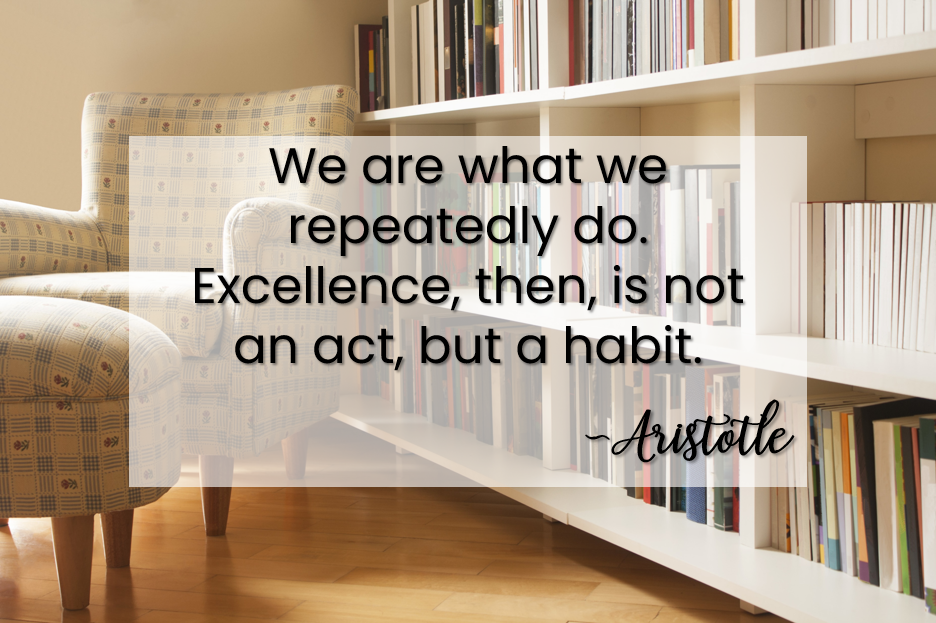
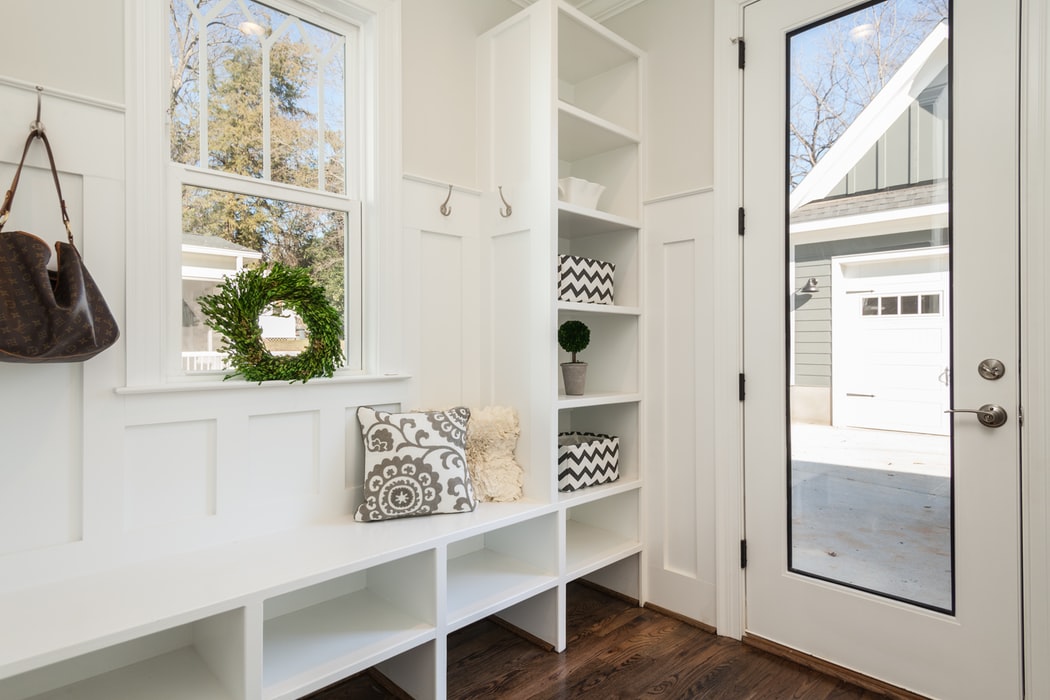
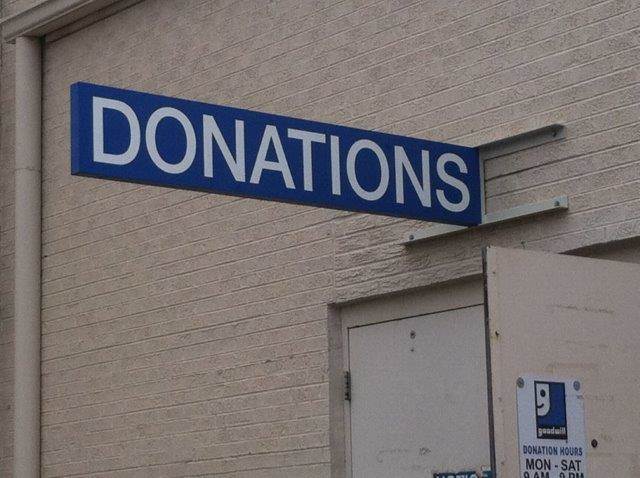
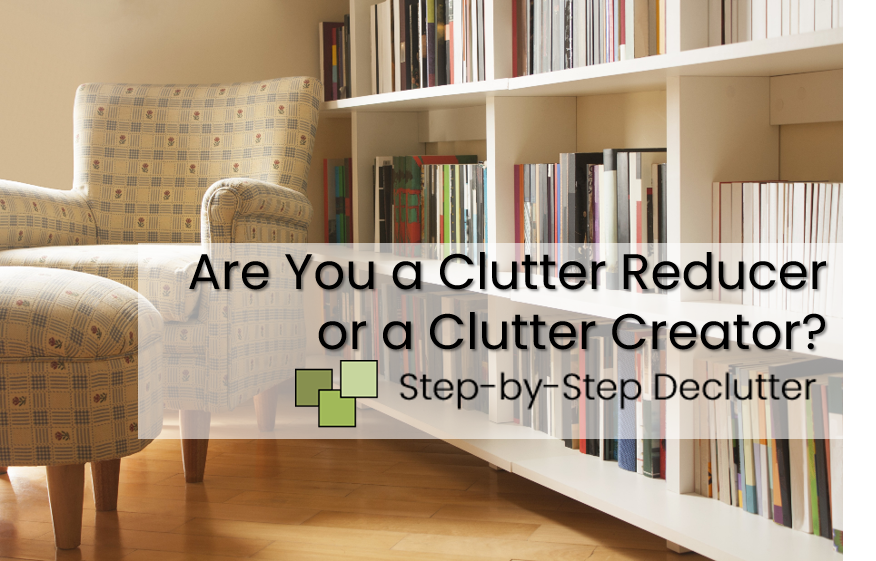
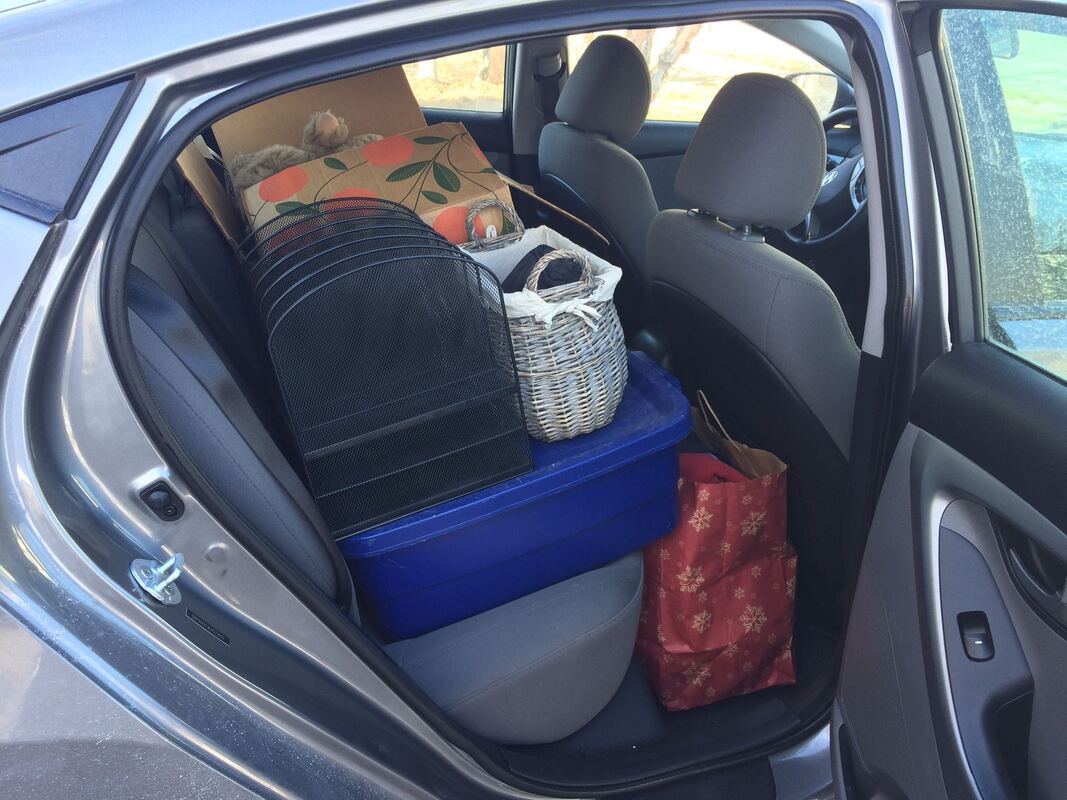
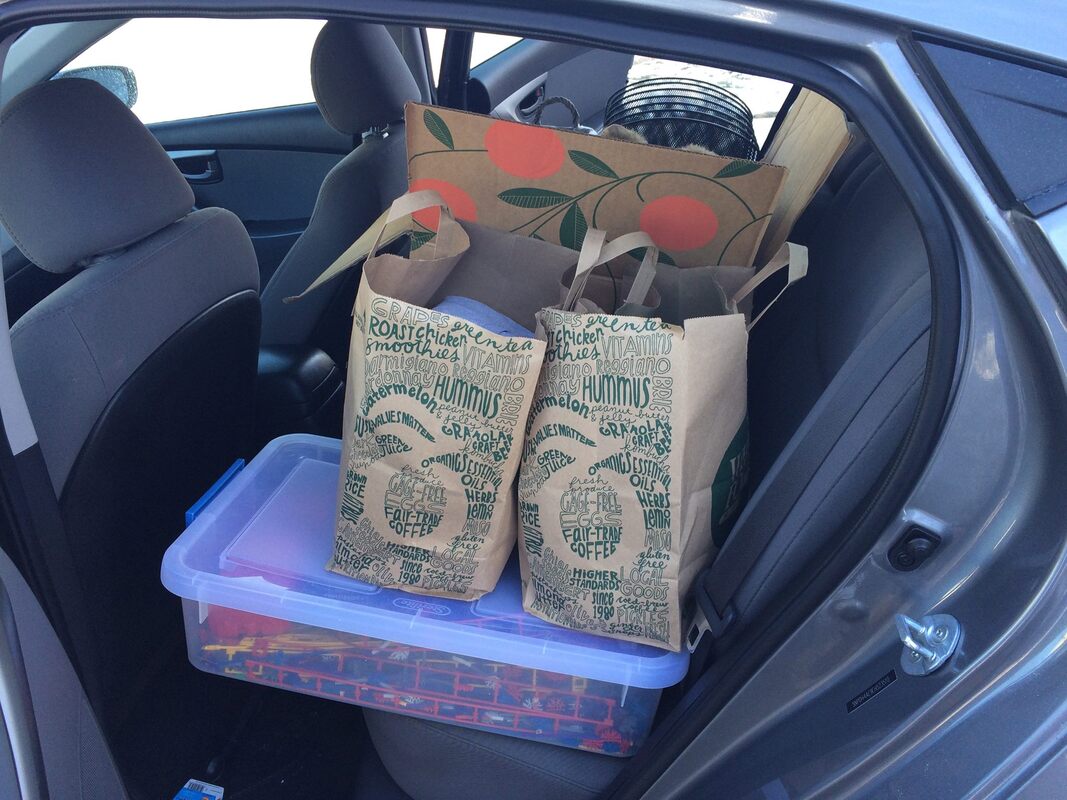
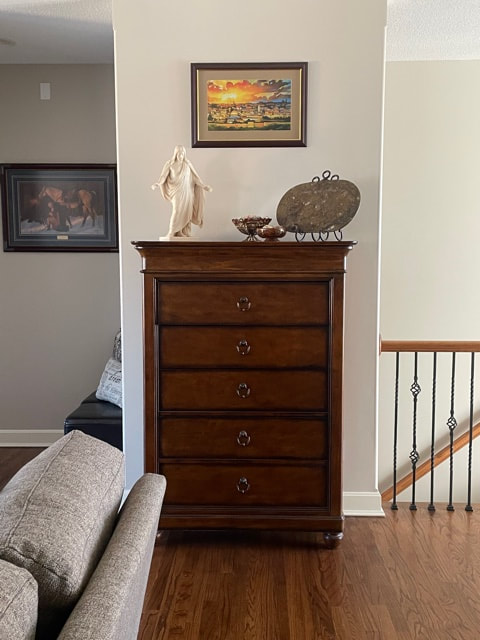
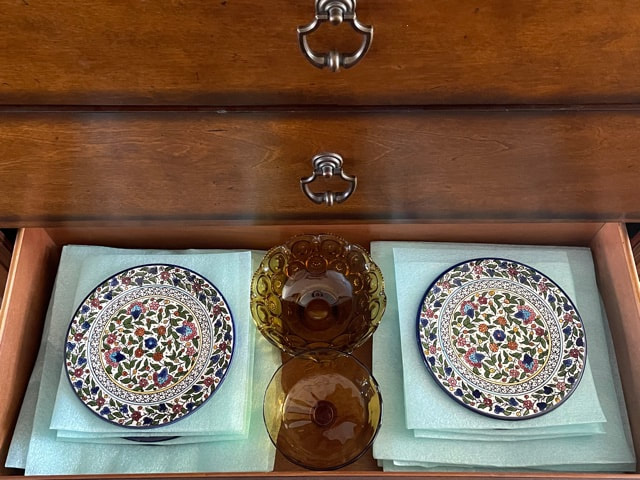
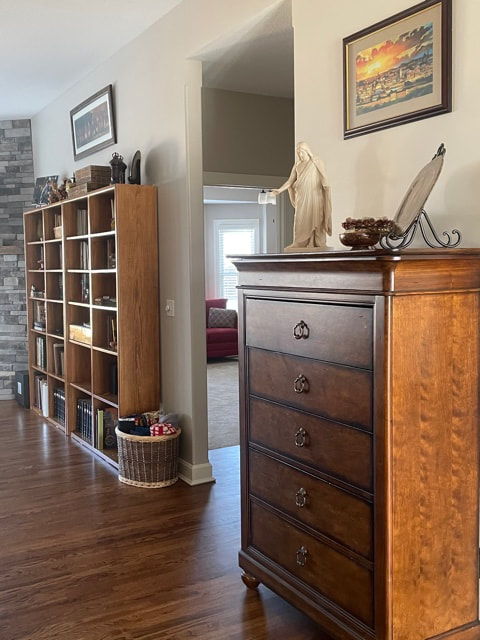
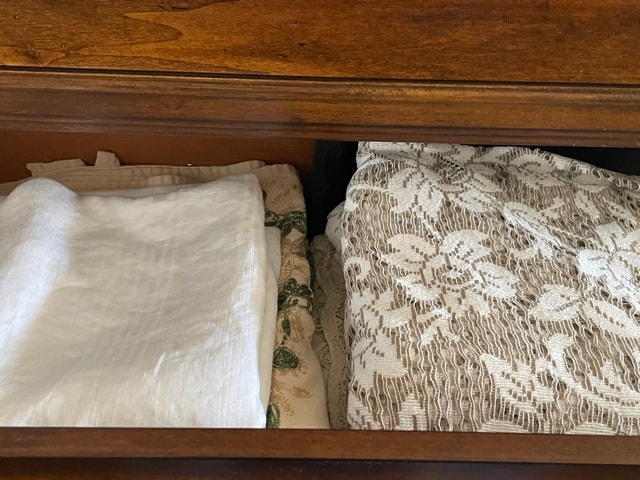
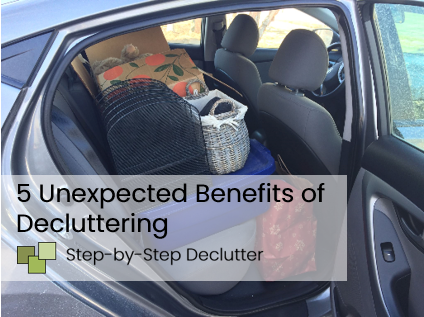
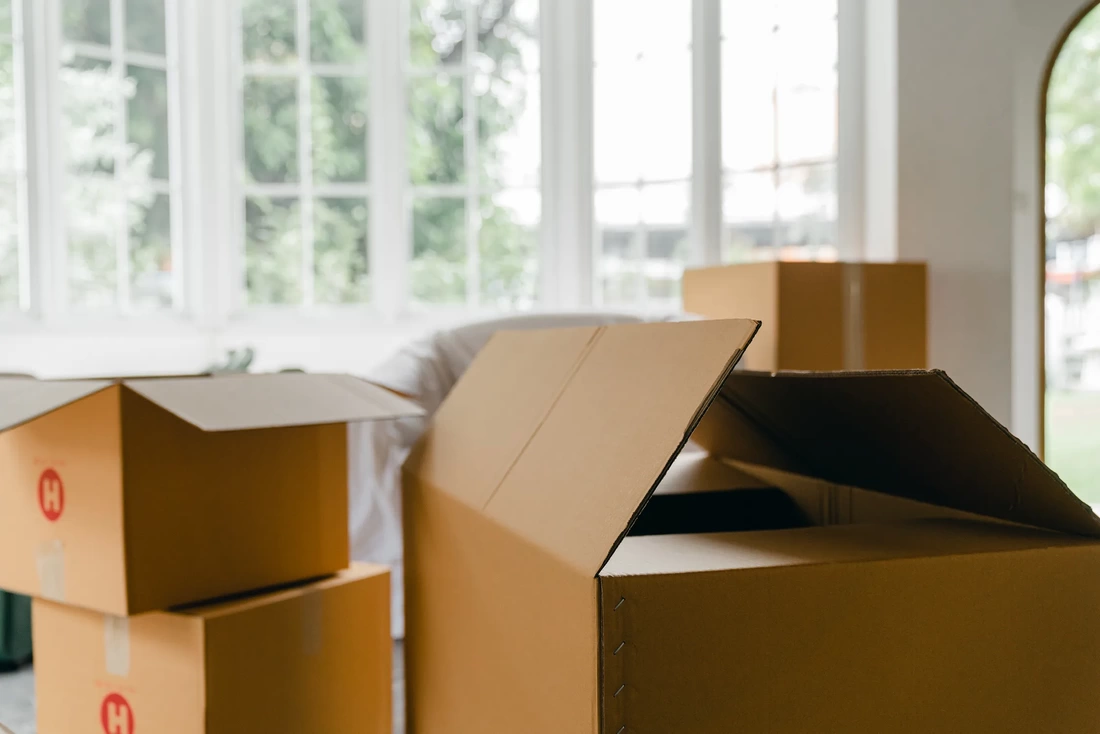
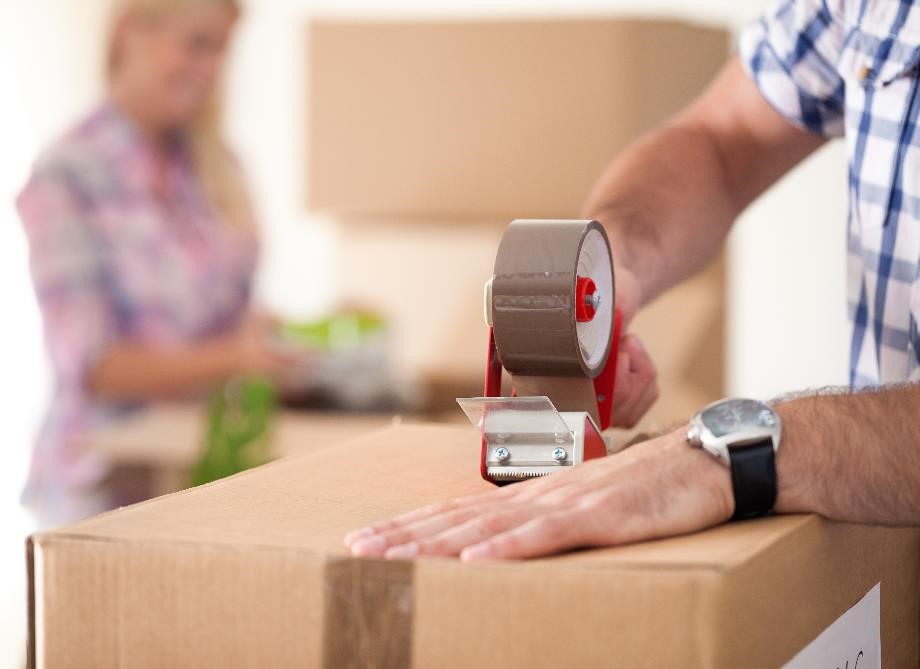
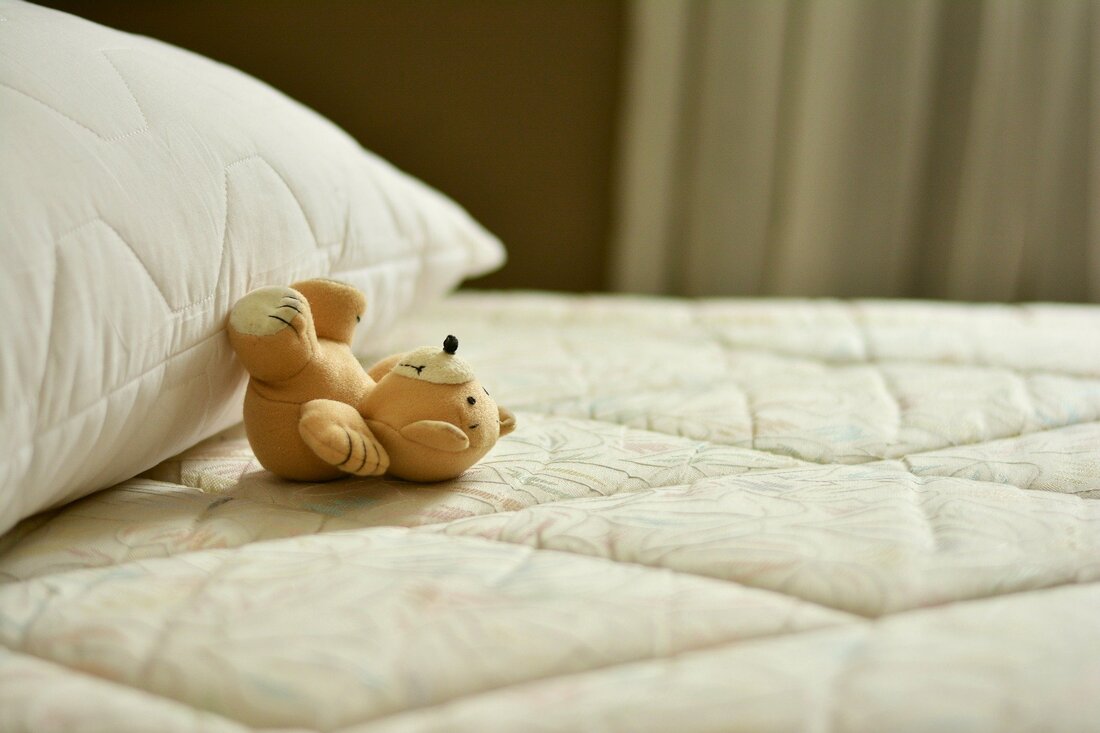
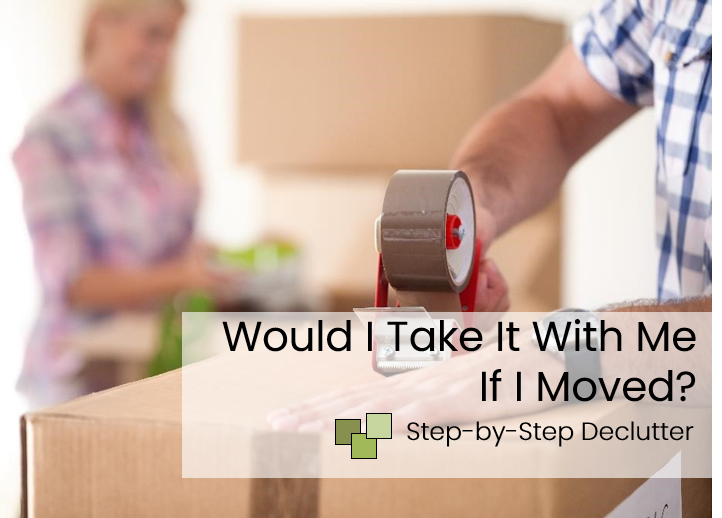

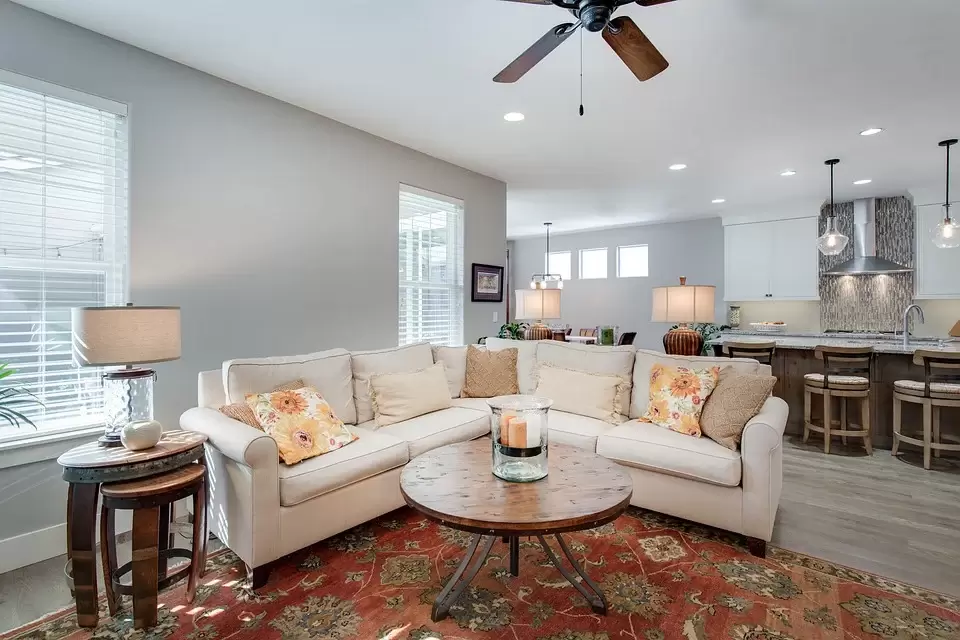
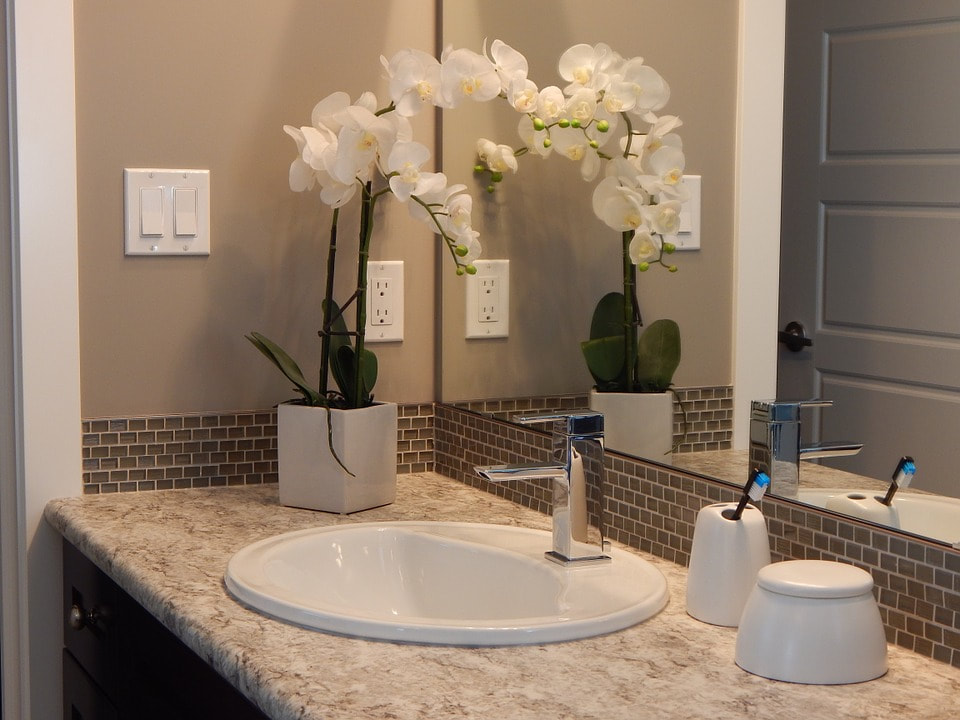
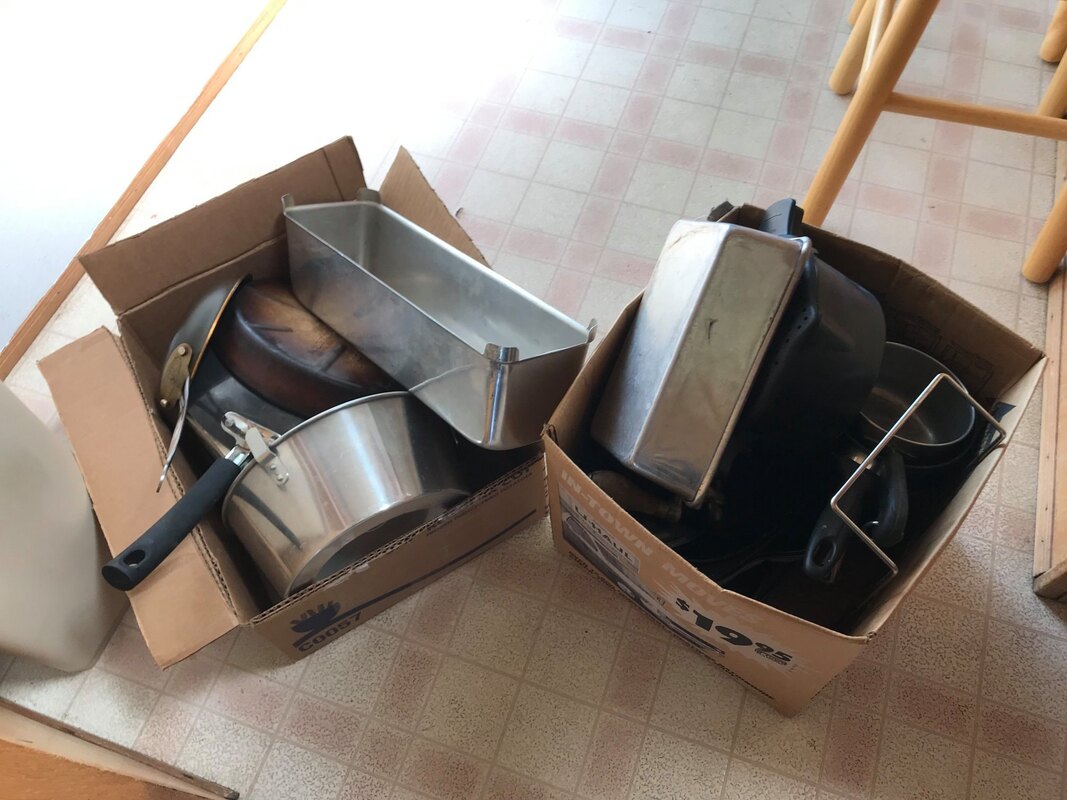
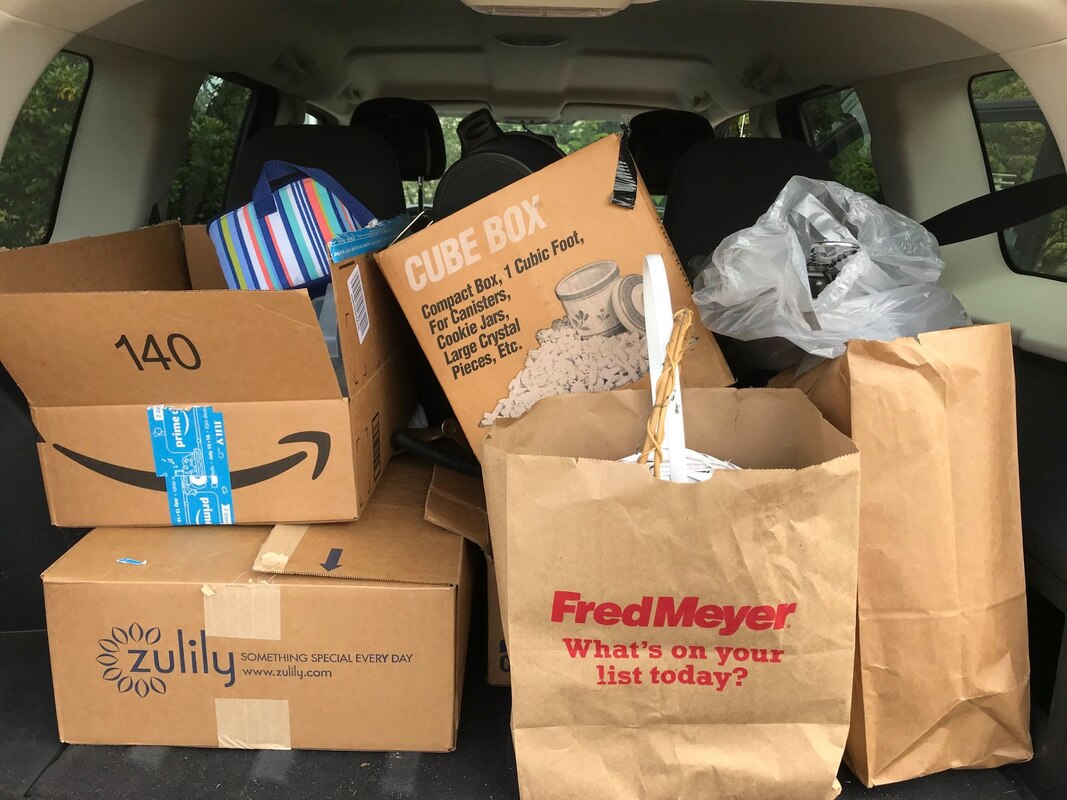
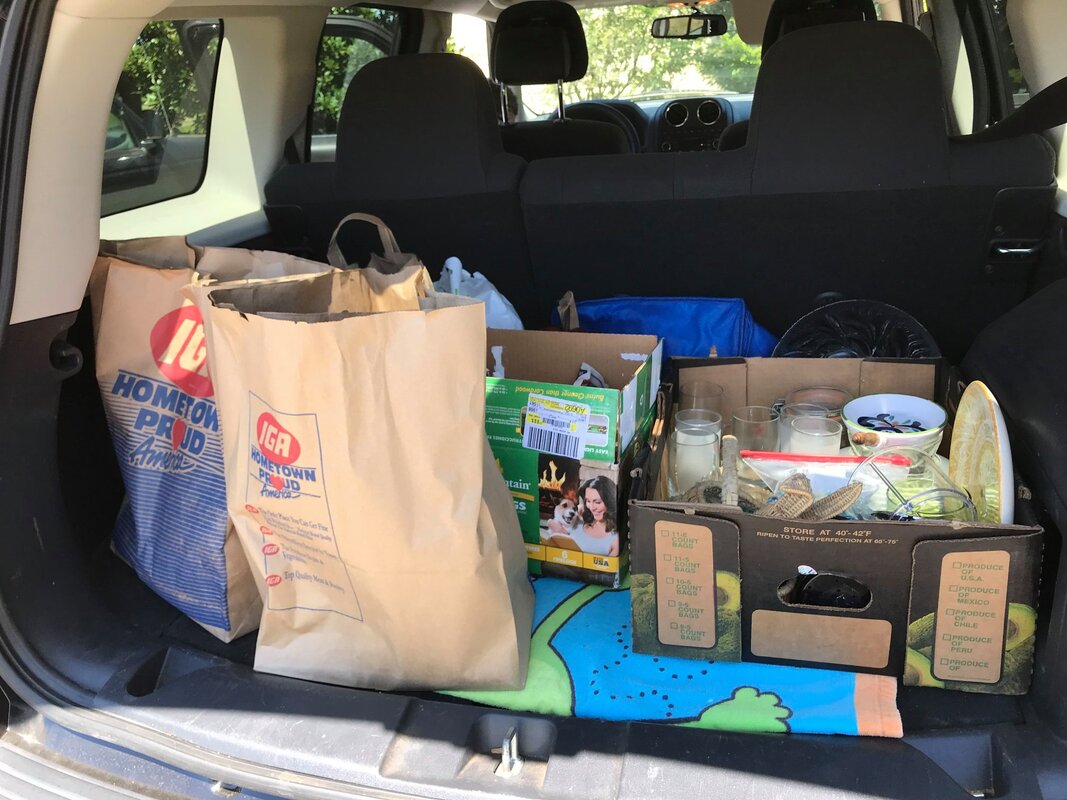
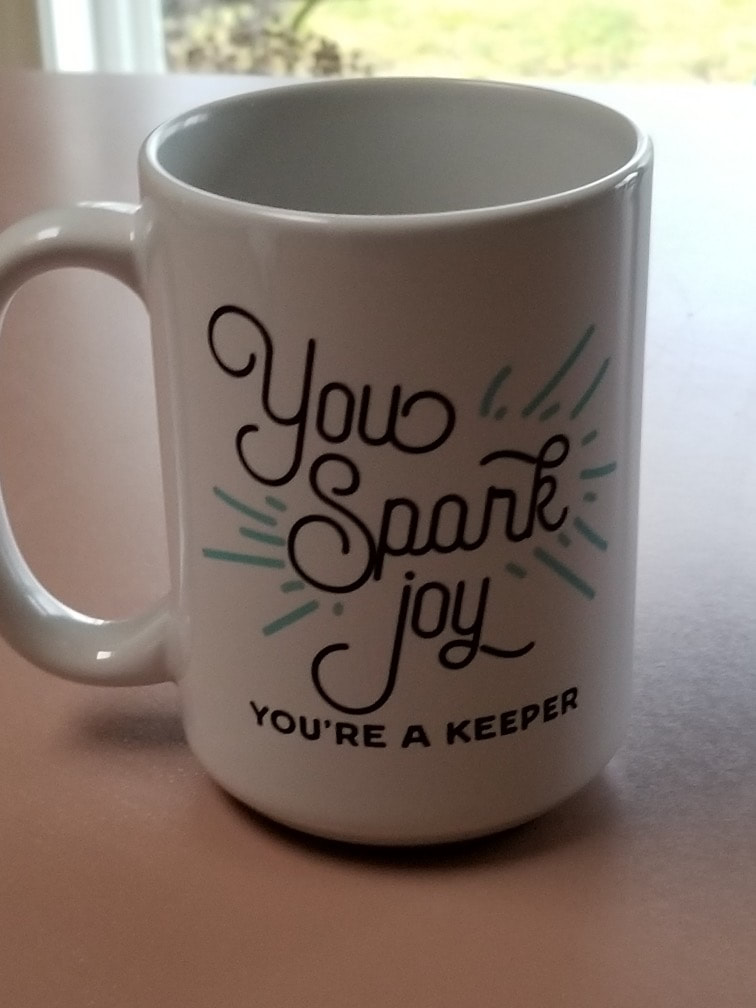


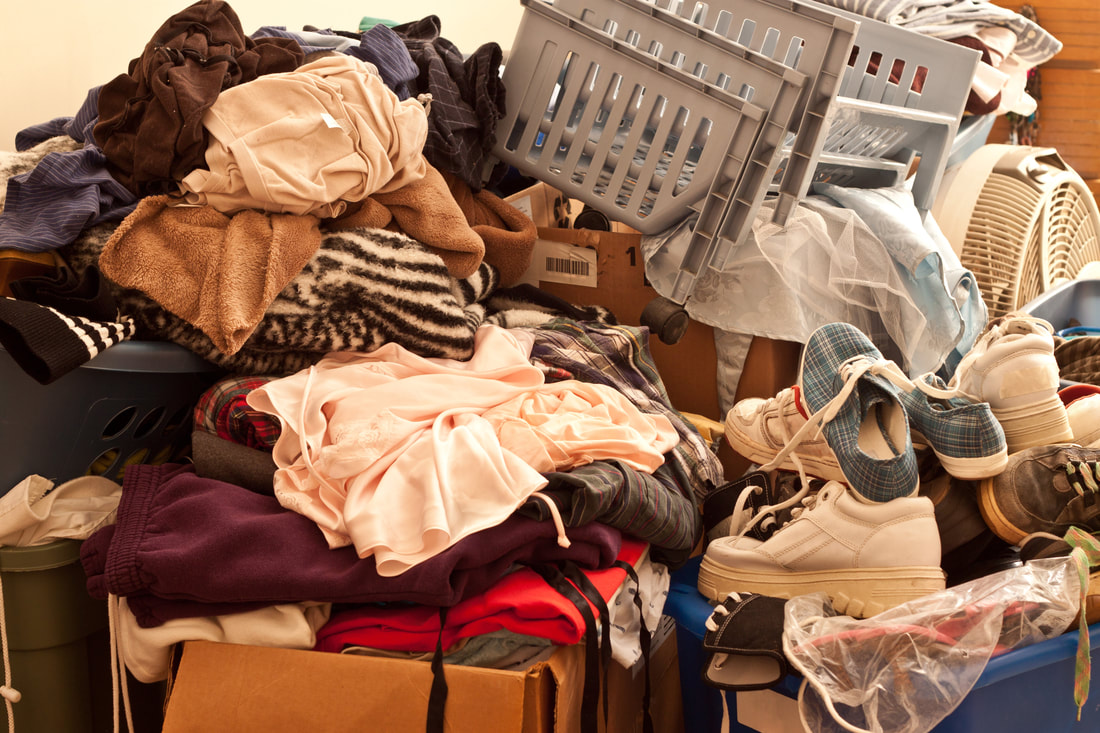

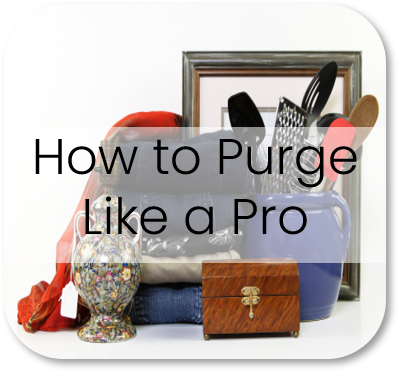
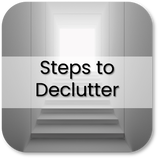
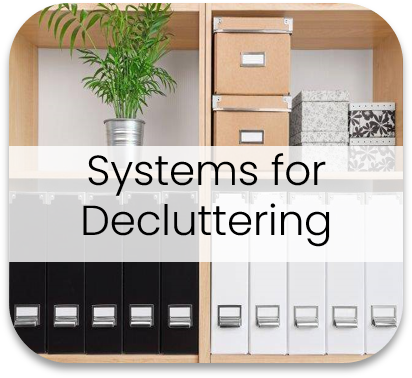
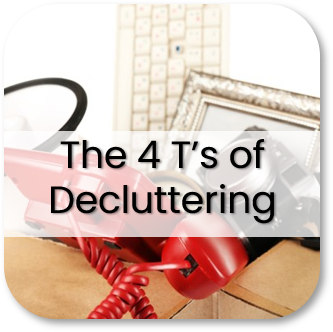
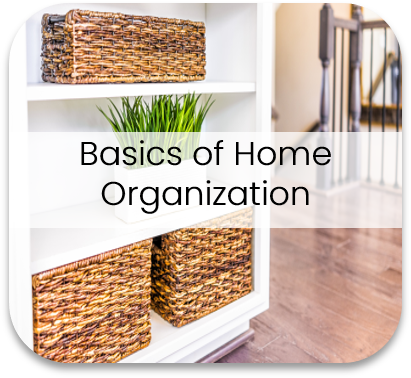
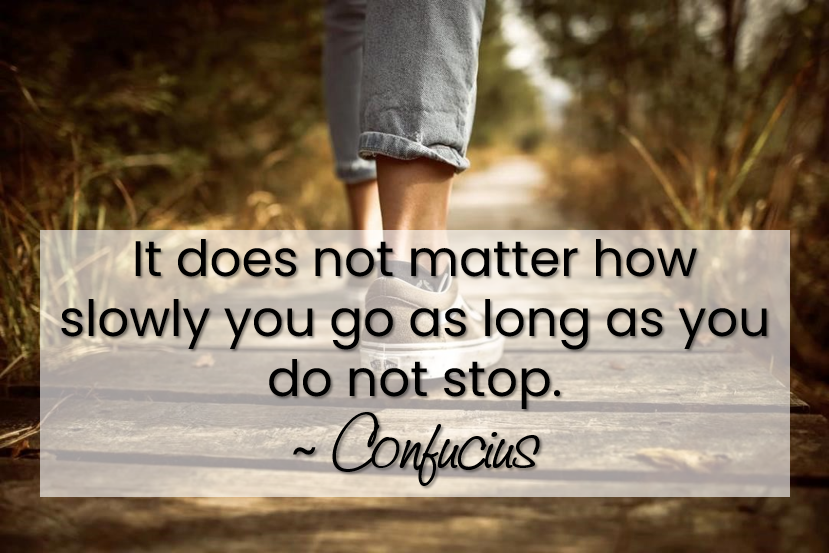

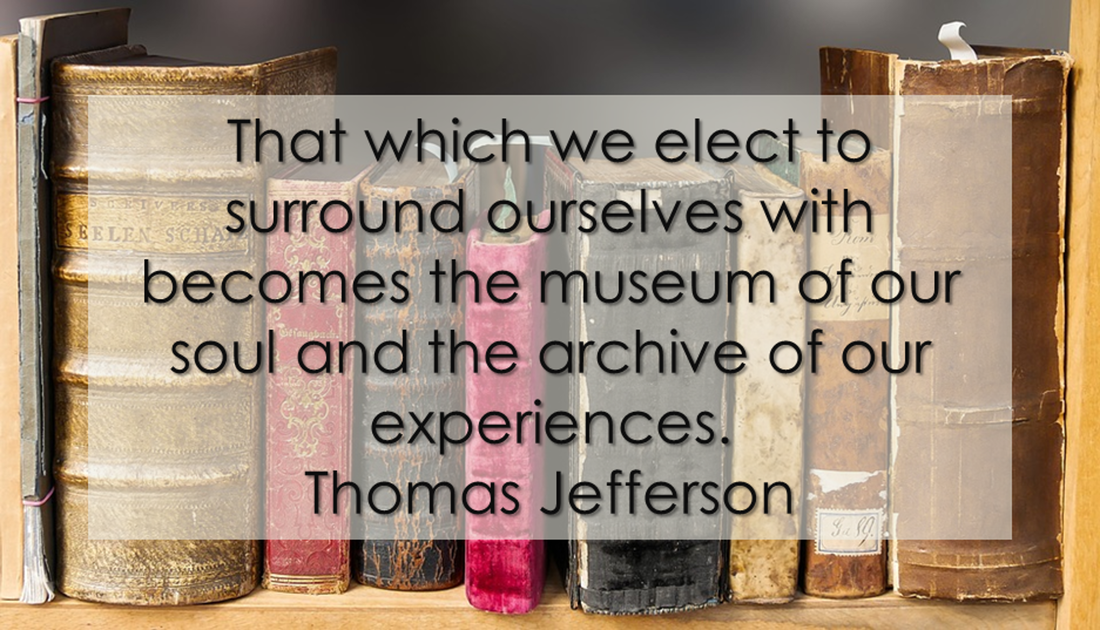
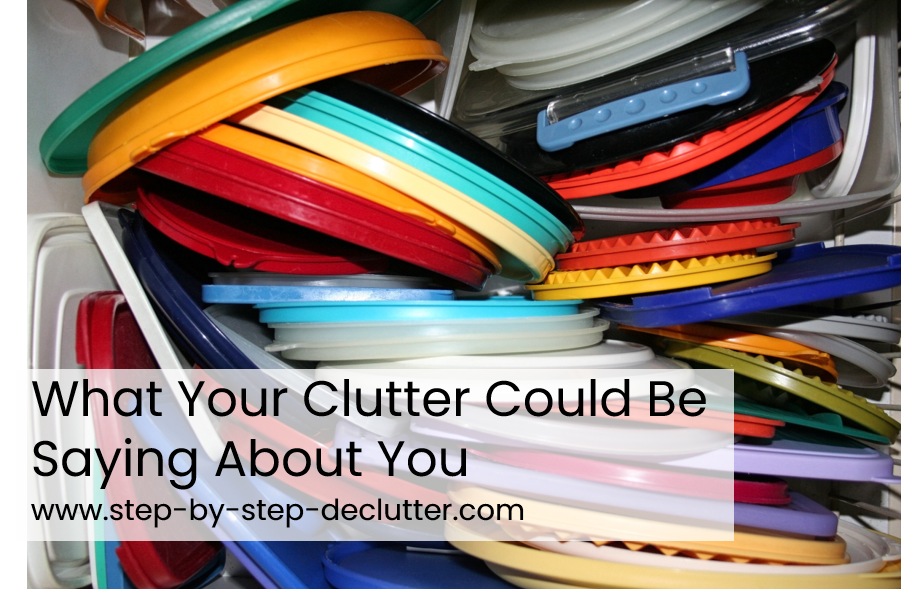
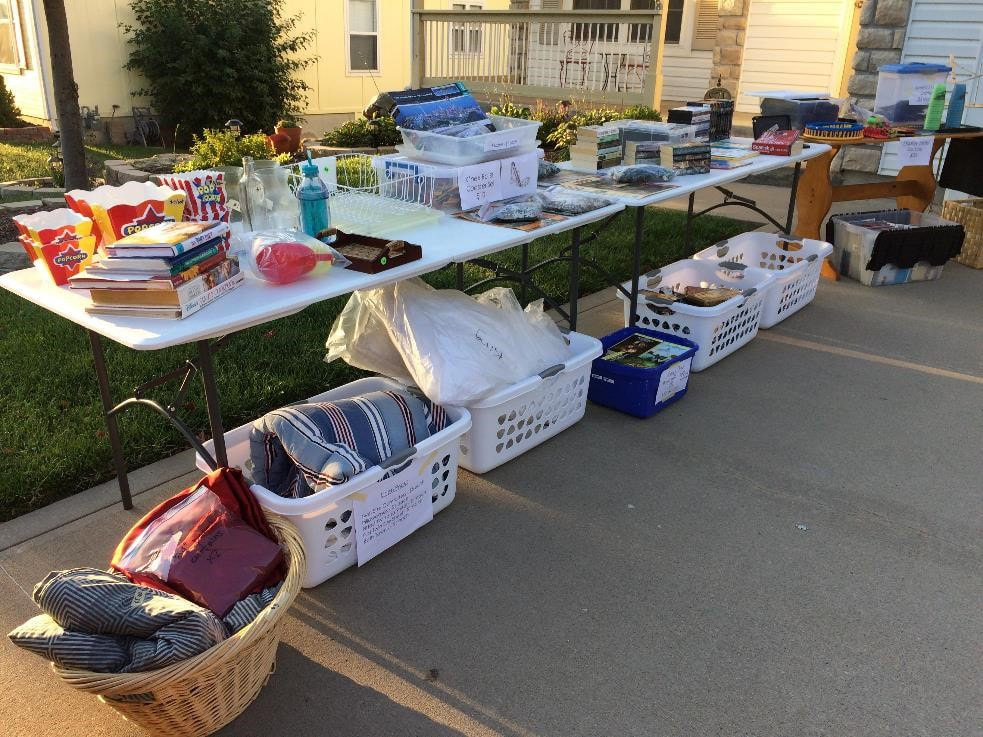

 RSS Feed
RSS Feed